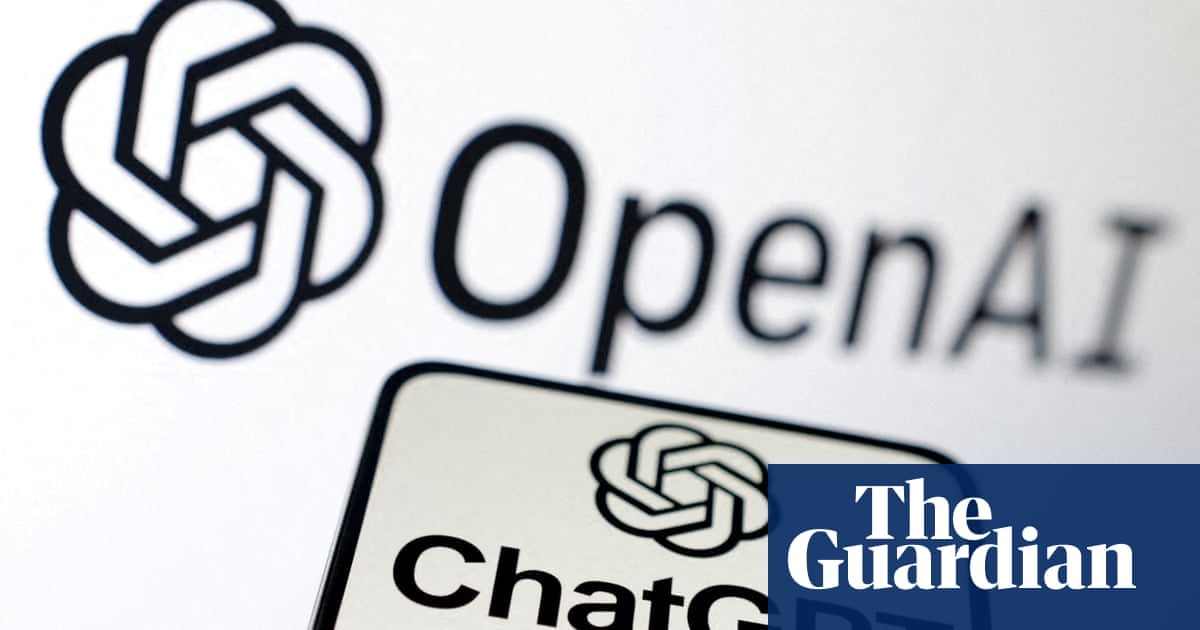- cross-posted to:
- [email protected]
- [email protected]
- cross-posted to:
- [email protected]
- [email protected]
‘Impossible’ to create AI tools like ChatGPT without copyrighted material, OpenAI says::Pressure grows on artificial intelligence firms over the content used to train their products



deleted by creator
I really don’t understand this whole “learning” thing that everybody claims these models are doing.
A Markov chain algorithm with different inputs of text and the output of the next predicted word isn’t colloquially called “learning”, yet it’s fundamentally the same process, just less sophisticated.
They take input, apply a statistical model to it, generate output derived from the input. Humans have creativity, lateral thinking and the ability to understand context and meaning. Most importantly, with art and creative writing, they’re trying to express something.
“AI” has none of these things, just a probability for which token goes next considering which tokens are there already.
I don’t think “learning” is a word reserved only for high-minded creativeness. Just rote memorization and repetition is sometimes called learning. And there are many intermediate states between them.
What evidence do you have that those aren’t just sophisticated, recursive versions of the same statistical process?
I think the best counter to this is to consider the zero learning state. A language model or art model without any training data at all will output static, basically. Random noise.
A group of humans socially isolated from the rest of the world will independently create art and music. It has happened an uncountable number of times. It seems to be a fairly automatic emergent property of human societies.
With that being the case, we can safely say that however creativity works, it’s not merely compositing things we’ve seen or heard before.
I disagree with this analysis. Socially isolated humans aren’t isolated, they still have nature to imitate. There’s no such thing as a human with no training data. We gather training data our whole life, possibly from the womb. Even in an isolated group, we still have others of the group to imitate, who in turn have ancestors, and again animals and natural phenomena. I would argue that all creativity is precisely compositing things we’ve seen or heard before.
Out of curiosity, how far do you extend this logic?
Let’s say I’m an artist who does fractal art, and I do a line of images where I take jpegs of copywrite protected art and use the data as a seed to my fractal generation function.
Have I have then, in that instance, taken a copywritten work and simply applied some static algorithm to it and passed it off as my own work, or have I done something truly transformative?
The final image I’m displaying as my own art has no meaningful visual cues to the original image, as it’s just lines and colors generated using the image as a seed, but I’ve also not applied any “human artistry” to it, as I’ve just run it through an algorithm.
Should I have to pay the original copywrite holder?
If so, what makes that fundamentally different from me looking at the copywritten image and drawing something that it inspired me to draw?
If not, what makes that fundamentally different from AI images?
deleted
I feel like you latched on to one sentence in my post and didn’t engage with the rest of it at all.
That sentence, in your defense, was my most poorly articulated, but I feel like you responded devoid of any context.
Am I to take it, from your response, that you think that a fractal image that uses a copywritten image as a seed to it’s random number generator would be copyright infringement?
If so, how much do I, as the creator, have to “transform” that base binary string to make it “fair use” in your mind? Are random but flips sufficient?
If so, how is me doing that different than having the machine do that as a tool? If not, how is that different than me editing the bits using a graphical tool?
deleted
Fair on all counts. I guess my counter then would be, what is AI art other than running a bunch of pieces of other art through a computer system, then adding some “stuff you did” (to use your phrase) via a prompt, and then submitting the output as your own art.
That’s nearly identical to my fractal example, which I think you’re saying would actually be fair use?
deleted
Here is an alternative Piped link(s):
a relatively short (to me) video
Piped is a privacy-respecting open-source alternative frontend to YouTube.
I’m open-source; check me out at GitHub.
It’s a question of scale. A single child cannot replace literally all artists, for example.
The problem is that a human doesn’t absorb exact copies of what it learns from, and fair use doesn’t include taking entire works, shoving them in a box, and shaking it until something you want comes out.
deleted by creator
Except they literally don’t. Human memory doesn’t retain an exact copy of things. Very good isn’t the same as exactly. And human beings can’t grab everything they see and instantly use it.
deleted by creator
Here is an alternative Piped link(s):
C418 - Haggstrom, but it’s composed by John Williams
Piped is a privacy-respecting open-source alternative frontend to YouTube.
I’m open-source; check me out at GitHub.